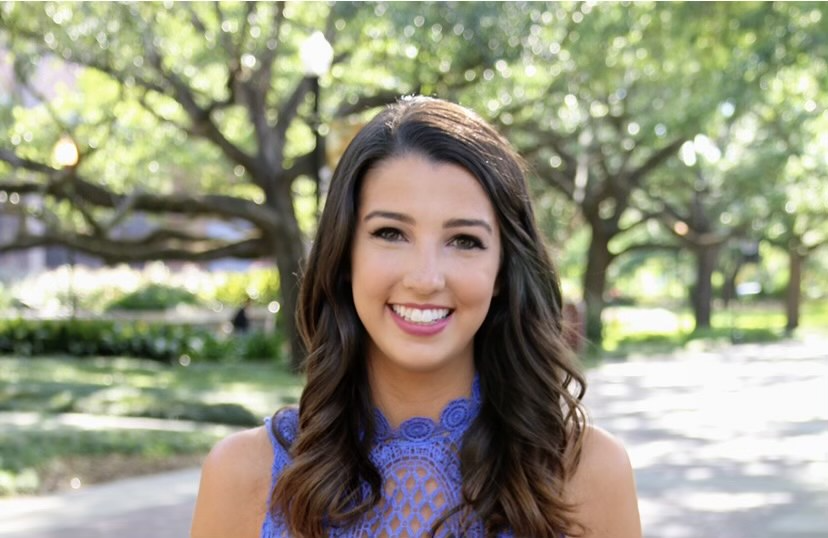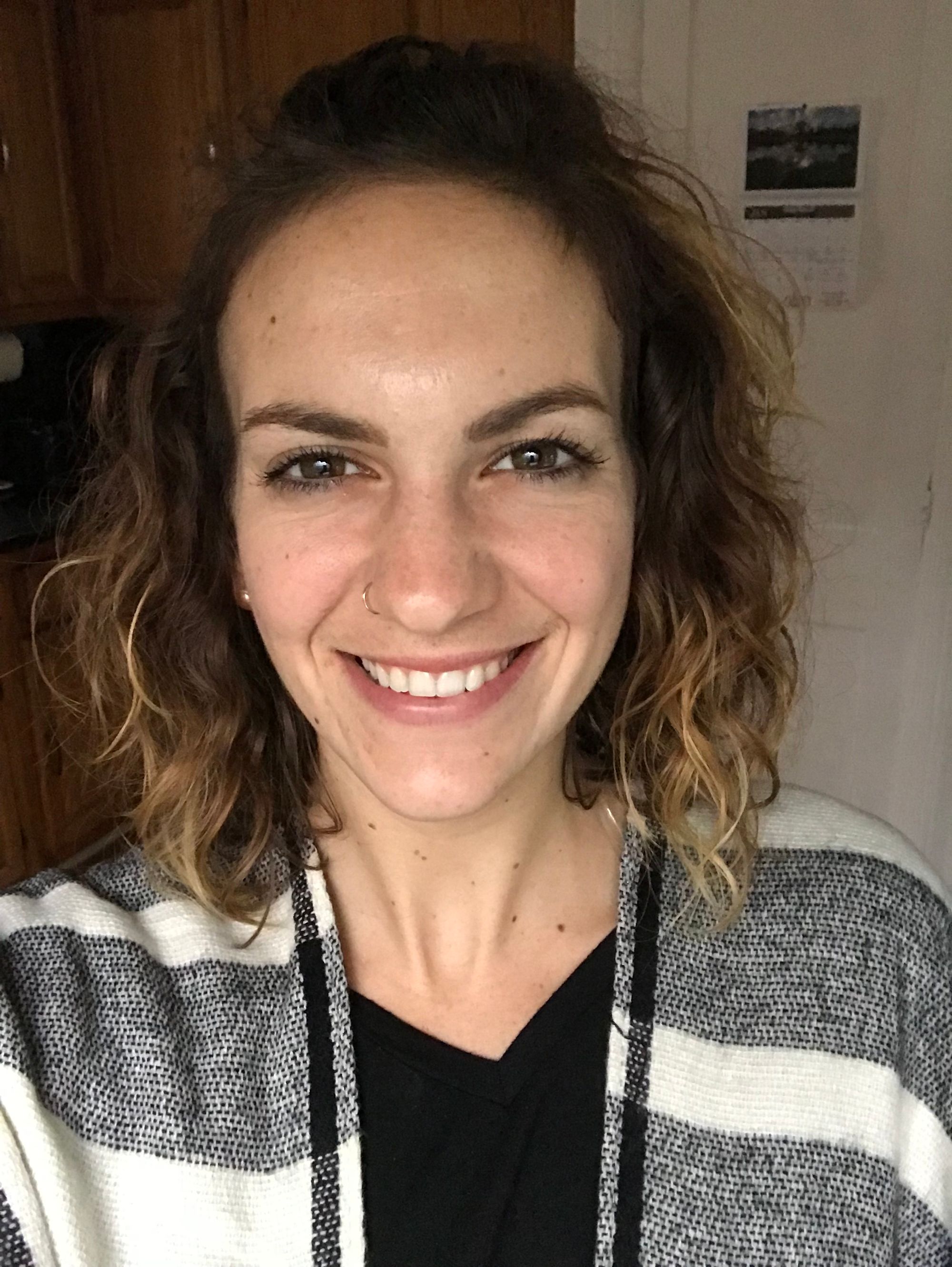Emily is a pediatric physical therapist who resides in Dunedin, Florida. She received her undergraduate degree from Florida State University and clinical doctorate in physical therapy from Florida Gulf Coast University. She is an incredibly skilled individual who Kristi also shares the pleasure of working with at an outpatient pediatric clinic! We are excited to share some of her answers about her clinical experience and research article titled, “Does the addition of telehealth to in-person physical therapy treatment have an effect on adherence to a home exercise program and perception of progress/recovery?”
We utilized a HIPAA compliant telehealth app that provided patients with videos and pictures of their home exercise program, and allowed them to communicate with their physical therapist on a weekly basis through the app.
Let's meet Emily!
What are the different avenues/domains of physical therapy services?
There are numerous different avenues and specialties of physical therapy services, which is one of the things I love most about physical therapy! Some of the different areas include orthopedics, neurology, cardiovascular and pulmonology, wound care, vestibular, lymphedema, oncology, women’s health, and of course my favorite, pediatrics. Physical therapists can also work in a wide variety of settings including outpatient, inpatient rehab, home health, skilled nursing facilities, acute care, school-based, in the military, and many more.
How did you get into pediatric physical therapy?
I actually first discovered pediatric physical therapy when I was in high school, and I feel lucky that I was exposed to this profession so early on. I was in a medical magnet program in high school in which we had the opportunity to shadow different health professions. I always loved kids growing up, and was always babysitting the neighborhood kids, so I wanted to shadow different professions that worked in pediatrics. Through this program, I was randomly paired up with a pediatric physical therapist to shadow for a few weeks. I think I fell in love with it the first day!
Tell us about your general day to day as a PT.
I work in an outpatient pediatric clinic, alongside occupational therapists and speech language pathologists. I see anywhere from 6-13 patients a day, depending on the day, with an occasional initial evaluation. My treatment sessions can be 30 minutes or 1 hour and initial evaluations last 1 hour. I currently work with children of a wide variety of ages, ranging from 1-15 years old, with a wide variety of diagnoses. Something that I love about pediatric physical therapy is that every day tends to look a little different and you definitely never get bored working with kids!
What excites you the most about your field?
I think what excites me the most about my job specifically is seeing the sort of “little wins” each day, like when a baby rolls over for the first time, or a child learns how to jump for the first time. It is so exciting to see the look on a child’s face or a parent’s face when they learn something new or are able to do something that they previously were not able to do. What excites me the most about the field of pediatric physical therapy in general is that it is constantly changing and growing as more research is conducted. We are finding out more about different diagnoses and the evidence of different treatment strategies every year.
What challenges you the most in your field?
Going off of the previous question, I think something that challenges me the most is that the field of physical therapy is constantly changing and growing, and there is always more to learn and be up to date on. However, I feel as though this is a great challenge to have! Every patient is different and I think it is important to always be challenged to create a treatment plan that is individualized to each specific patient.
In addition, what currently challenges me the most in my job is learning how to work with children who have difficulty regulating their sensory systems. However, I work very closely with occupational therapists and have received a lot of guidance and assistance from them in this area, which has been extremely helpful!
How did your position change during the pandemic?
I actually graduated from graduate school in May of 2020, in the midst of the pandemic. After receiving my license a couple months later, I began working in August of 2020. I was unlucky in the sense that I sadly did not receive a formal graduation ceremony, but I was lucky that I got a job in the midst of the pandemic! Overall, my position didn’t change a lot as the clinic I am working at had already re-opened to in-person visits again. However, I did get to experience a few telehealth sessions which was really interesting!
You were published! Can you tell us a bit about that experience and your research topic?
I was! It is still really cool for me to think about the fact that I was published. As part of my doctorate program, we all conducted research with the assistance of faculty members at the university. My research article is titled, “Does the addition of telehealth to in-person physical therapy treatment have an effect on adherence to a home exercise program and perception of progress/recovery?” We utilized a HIPAA compliant telehealth app that provided patients with videos and pictures of their home exercise program, and allowed them to communicate with their physical therapist on a weekly basis through the app.
Overall, we found that the use of a telehealth application program’s use did not have a significant effect on patient adherence to their home exercise program. Neither was there a significant difference in the patient’s perception of progress or recovery when using the telehealth app.
The topic of telehealth was actually brought to my attention during my first year of school in 2017-2018, when we were deciding on research topics. I think the best part about my experience specifically was that I completed researching the topic of telehealth in physical therapy just as the pandemic started and telehealth was then being used all around the world! I sort of felt like I was a step ahead of the game because I was able to research this topic prior. Overall, we found that the use of a telehealth application program’s use did not have a significant effect on patient adherence to their home exercise program. Neither was there a significant difference in the patient’s perception of progress or recovery when using the telehealth app. This helps to show that although telehealth can be a great option, especially during a pandemic, it does not necessarily replace seeing a physical therapist for treatment in person. Future research should be completed to further explore the patient-perceived benefit of using telehealth applications to complement in-person physical therapy care.
What is a common misperception about physical therapists/the work you do?
A common misconception about physical therapy in general is that you have to be in pain or have an injury to see a physical therapist. However, physical therapists, and specifically pediatric physical therapists, treat so many more conditions that don’t always involve an injury or pain. For me personally, most of the kids I treat have developmental, genetic, or neurological disorders that don’t involve a specific injury at all!
Do you ever work with SLPs? In what ways?
Yes! I get to work very closely with SLPs everyday at the clinic. Many of the children that I treat also receive occupational therapy and speech & language therapy. One of the things that the SLPs have helped me the most with is learning how children utilize AAC devices for communication, as I treat several children who utilize these devices. We are able to collaborate on different treatment strategies for mutual patients to help reach their full potential in all aspects of therapy.
What is one thing you like to share with parents/caregivers related to physical therapy/general pediatric care?
If parents or caregivers ever notice anything different about their child’s development or gross motor habits, it can’t hurt to get evaluated by a pediatric physical therapist! Of course every child is different and will develop in their own way, but sometimes a parent’s instinct is right and for most developmental delays, early intervention is key!
We are so thankful for Emily for sharing her insights about the work she does.
You can read about her publication, “Does the addition of telehealth to in-person physical therapy treatment have an effect on adherence to a home exercise program and perception of progress/recovery?” in the link here.
Let us know if you would like to share about your job through a Q & A or have any other professions you would like to learn more about! You can DM us through our Instagram @communicationcommunity or email communicationcommunityslp@gmail.com to chat with us.
Check out our question and answers with other related professionals as well!







